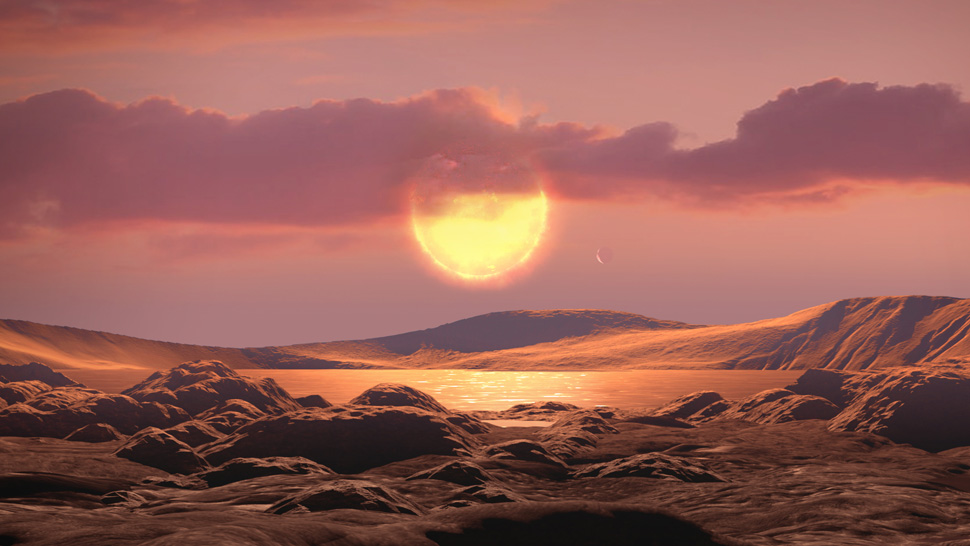Astronomers have now confirmed the existence of a second planet Earth located in the Proxima Centauri System. The planet is believed to have oceans just like Earth and may hay host alien life.
Researchers have discovered a planet located in the Proxima Centauri system, one of the closest stars to Earth which they believe harbors liquid water and potentially alien life.

The planet, named Proxima B is believed to be around 1.3 times the size of our planet and has the ideal temperature on the surface for water in a liquid state to exist.
Proxima B is located four light years away from Earth –over 25 TRILLION MILES—meaning that in order to visit the planet in the near future, future generation would have to come up with super-fast spacecraft that would allow them to travel to the Proxima Centauri system with ease.
If the planet proves to be ‘a SECOND Earth’ it could become one of the best options for future human colonization.
Researchers believe that the temperature on the surface of the planet could be between -90 degrees Celsius and 30 degrees Celsius.

The planet which has already been dubbed ‘a second Earth’ is located at an ideal distance from its host star for liquid water to exist, which means that life as we know it is very likely to exist.
Proxima B is the closest exoplanet we have ever discovered, and according to researchers, a mission to the planet to search for signs of life could be something achievable within our lifetime.

The distance from our planet to Proxima B may seem insurmountable, but it is actually formidably shorter when compared to other candidates to host life. This means that Proxima B could become the first objective for future interstellar travel.
Proxima Centauri is a red dwarf located in the constellation Centaurus. The star itself is too weak to be observed with the naked eye, but in recent months, scientists have not taken their eyes off of it.
In fact, during the first half of this year, Proxima Centauri was followed regularly with the HARPS spectrograph installed on the 3.6-meter telescope of the European Southern Observatory (ESO) in La Silla (Chile) and monitored simultaneously with other instruments from around the world.

“Many exoplanets have been found, and many more will be found, but searching for the closest potential Earth-analogue and succeeding has been the experience of a lifetime for all of us,” Dr. Guillem Anglada-Escudé, lead author of the paper, said.“Many people’s stories and efforts have converged on this discovery. The result is also a tribute to all of them. The search for life on Proxima b comes next.”
There are already two papers which describe and go through the potential habitability of Proxima B.
Future observations, for example using the 39-m ESO E-ELT telescope under construction in Chile, will allow further investigation of Proxima b and of the hypothetical presence of a thick atmosphere and a liquid water reservoir. If this turned out to be the case, it would be very exciting that the nearest star to the Sun also hosts the nearest habitable (perhaps inhabited?) planet.






